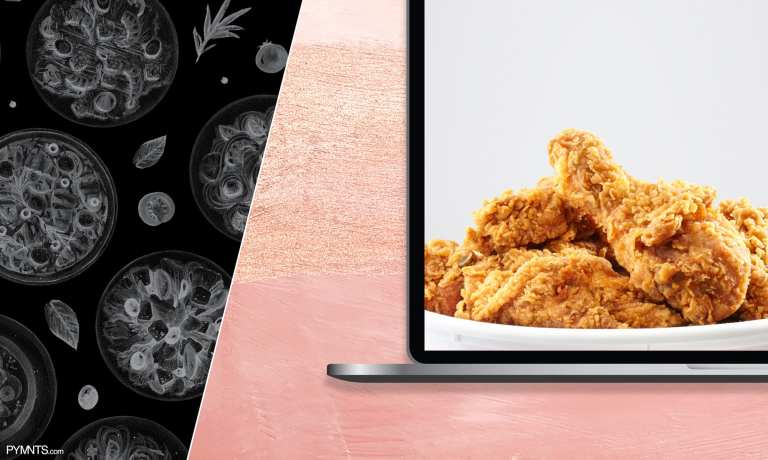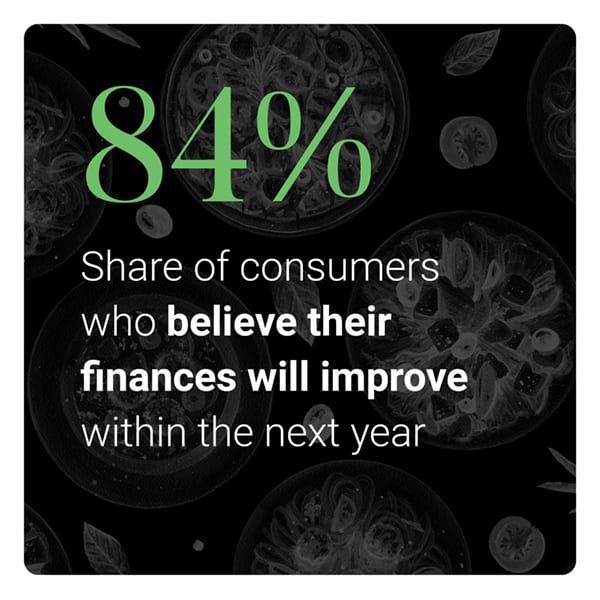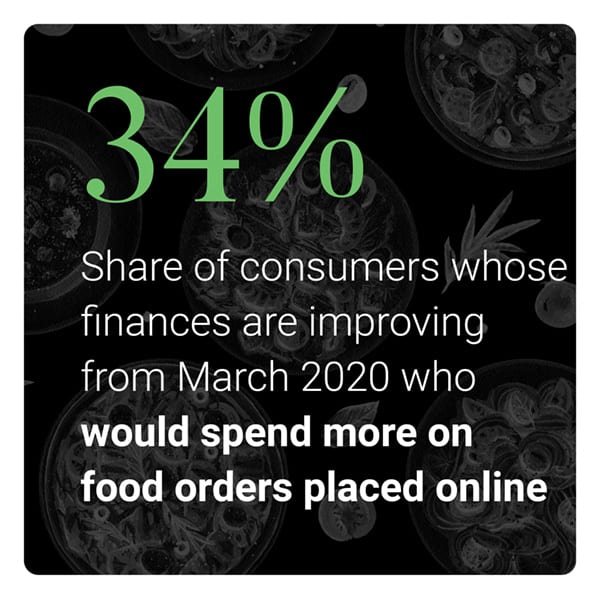NEW DATA: Budget-Minded Consumers Pick QSRs With Loyalty Programs

 Consumers’ personal finances have taken a hit in the last 16 months. Thirty-four percent of all consumers say that they are on shakier financial ground than they were prior to March 2020, and more than a third of them believe their finances will only grow less stable over the course of the next year.
Consumers’ personal finances have taken a hit in the last 16 months. Thirty-four percent of all consumers say that they are on shakier financial ground than they were prior to March 2020, and more than a third of them believe their finances will only grow less stable over the course of the next year.
 Many of these consumers are understandably reluctant to spend their hard-earned money on restaurant orders when they could prepare meals from home, even if doing so could save them the time and hassle of cooking — but loyalty programs could help change that.
Many of these consumers are understandably reluctant to spend their hard-earned money on restaurant orders when they could prepare meals from home, even if doing so could save them the time and hassle of cooking — but loyalty programs could help change that.
The July edition of Delivering On Restaurant Rewards, a PYMNTS and Paytronix collaboration, examines how consumers’ personal financial outlooks impact their demand for and usage of restaurant loyalty programs. We surveyed a census-balanced panel of 2,467 U.S. consumers between May 1 and May 3, 2021, to find out how their finances have changed since March 2020, how they expect their finances to change in the next year and who among them use or would like to use loyalty programs to keep to their personal food budgets.
Our research shows that restaurant loyalty programs are most popular among consumers who feel that they are on less stable  financial ground than they were prior to March 2020 and expect their personal finances to grow less stable going forward. Forty-nine percent of consumers with this financial outlook are signed up with at least one restaurant’s loyalty program, compared to 42 percent of consumers whose finances have remained largely stable throughout.
financial ground than they were prior to March 2020 and expect their personal finances to grow less stable going forward. Forty-nine percent of consumers with this financial outlook are signed up with at least one restaurant’s loyalty program, compared to 42 percent of consumers whose finances have remained largely stable throughout.
The demand for loyalty programs is so strong among these so-called “slipping” consumers, in fact, that many of them would be willing to spend more on food orders if it meant earning rewards for doing so. Thirty-six percent of restaurant customers whose personal finances are slipping say they would feel encouraged to spend more on their orders if their restaurant offered them loyalty programs, in fact, as would 39 percent of restaurant customers whose financial outlook has been  consistently negative since before March 2020. This goes to show how much value consumers believe restaurant loyalty programs can provide.
consistently negative since before March 2020. This goes to show how much value consumers believe restaurant loyalty programs can provide.
However, the desire to keep to a food budget is only one of the factors driving consumers to seek out restaurant loyalty programs. The new edition of Delivering On Restaurant Rewards explores this topic in detail, showing what it is that consumers in different financial situations find most appealing about loyalty programs.
To learn more about restaurant loyalty program usage and consumers’ financial outlooks, download the report.